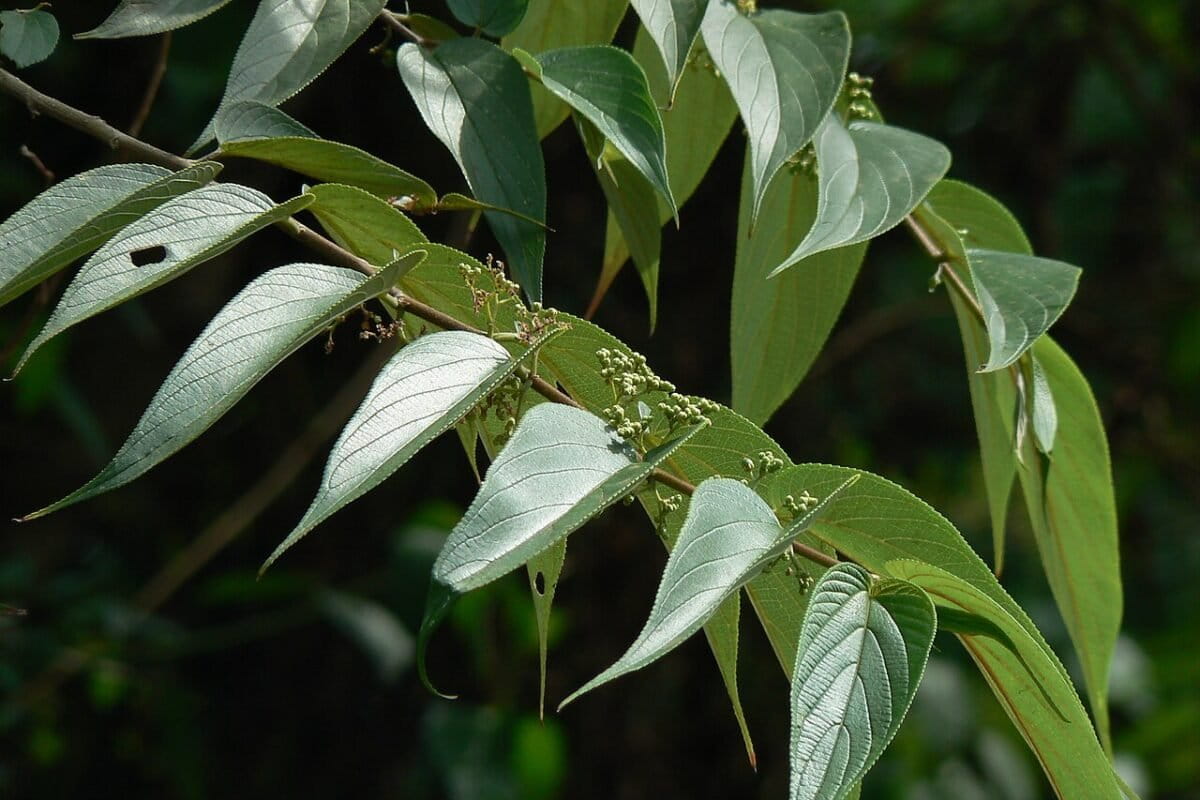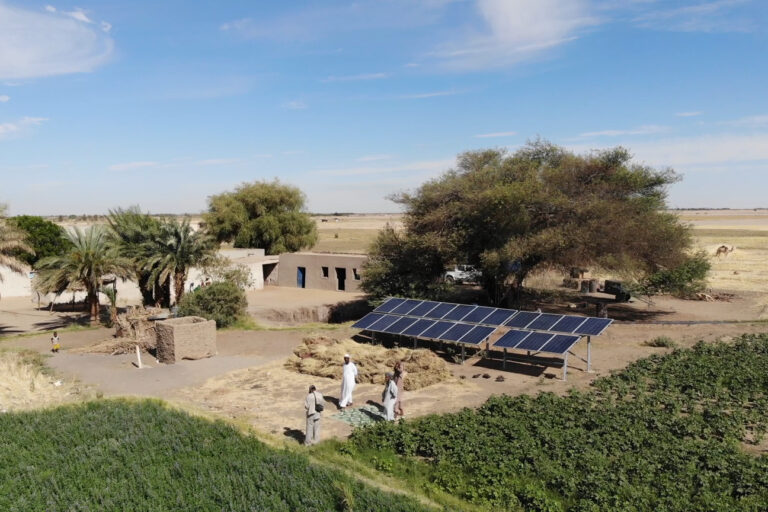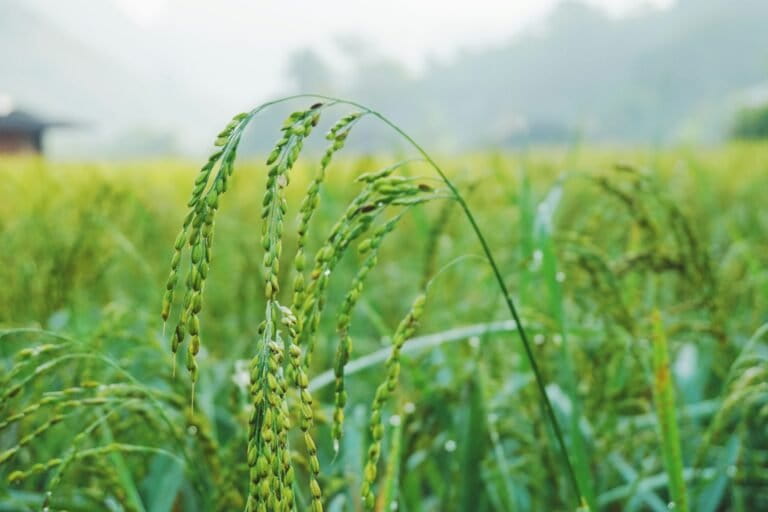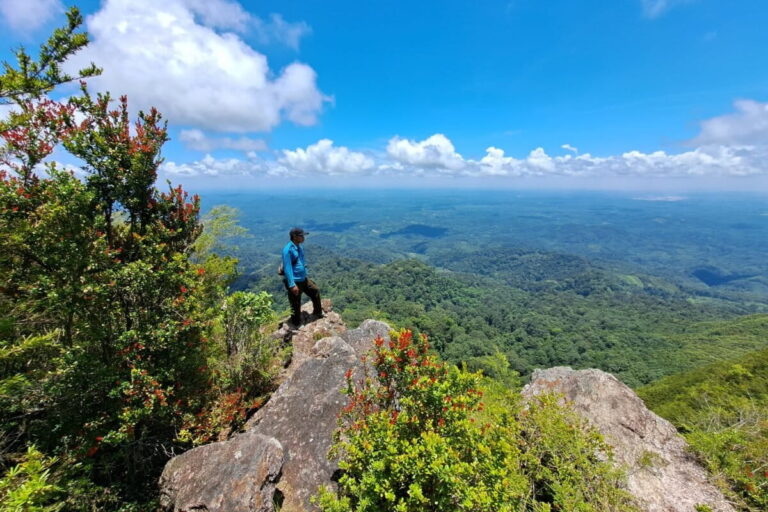Camera traps installed high in the rainforest canopy in Malaysian Borneo have filmed a bounty of threatened primates, hornbills and a host of tree-dwelling animals feasting on figs.
Biologists from Malaysia-based nonprofit 1StopBorneo Wildlife, along with Sabah Parks and local conservationists, scaled two enormous fig trees in Tawau Hills National Park in Sabah state to install 16 camera traps in their canopies in late June. The cameras have since amassed more than 10,000 images of wildlife.
Among the fig foragers were Bornean orangutans (Pongo pygmaeus), helmeted hornbills (Rhinoplax vigil) — both critically endangered — binturongs (Arctictis binturong), gibbons, flying squirrels, and several species of leaf monkey.
This is likely the first time camera traps have been used to document wildlife associated with fruiting fig trees in Malaysia, according to Shavez Cheema, founder of 1StopBorneo Wildlife. “The best was having three different primate species in the frame at the same time: the red leaf monkey [Presbytis rubicunda], gibbons [genus Hylobates], and the Sabah gray leaf monkey [Presbytis sabana].”
During his nine years working in the national park, Cheema said, he’s only once glimpsed the gray leaf monkey, an endangered species endemic to Sabah. But the arboreal cameras captured them almost daily.
The cameras also recorded activities otherwise hidden from view, such as a binturong pooping into a tree nook, showing its role as a vital seed disperser.
Arboreal camera traps allow “cheaper, more accurate, longer, and verifiable sampling,” said Matthew Luskin, a conservation biologist at the University of Queensland, Australia, who wasn’t involved in the camera trapping. “Field ecologists used to have to sit quietly under fig trees for days at a time to monitor the arboreal frugivores, entailing discomforts such as loss of blood to mosquitoes and leeches. Even then, we were still unable to see many of the canopy animals.”
1StopBorneo Wildlife is planting fig trees at four reforestation sites across Sabah to help restore logged forest patches and reconnect wildlife corridors severed by oil palm plantations. In Borneo’s rainforests, where fruit is seasonally scarce, the plentiful fruits of fig trees attract all manner of animals, including seed dispersers.
Cheema said his team plans to use the camera trap data to show conservation funders and policymakers how crucial fig trees are. “These are high-value trees which should never be cut down. And since they’re wildlife’s favorite food, these individual trees are the best to plant.”
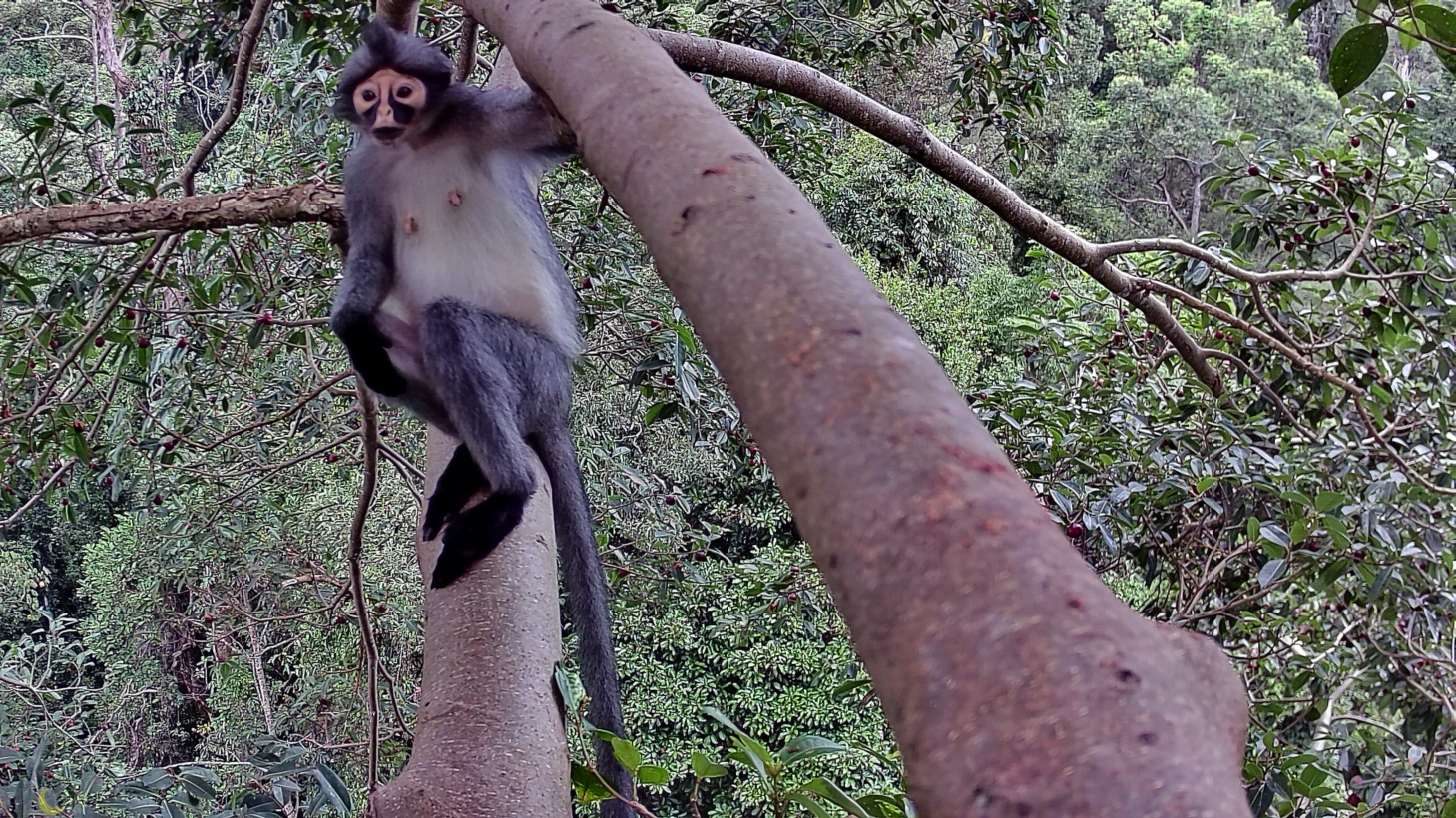
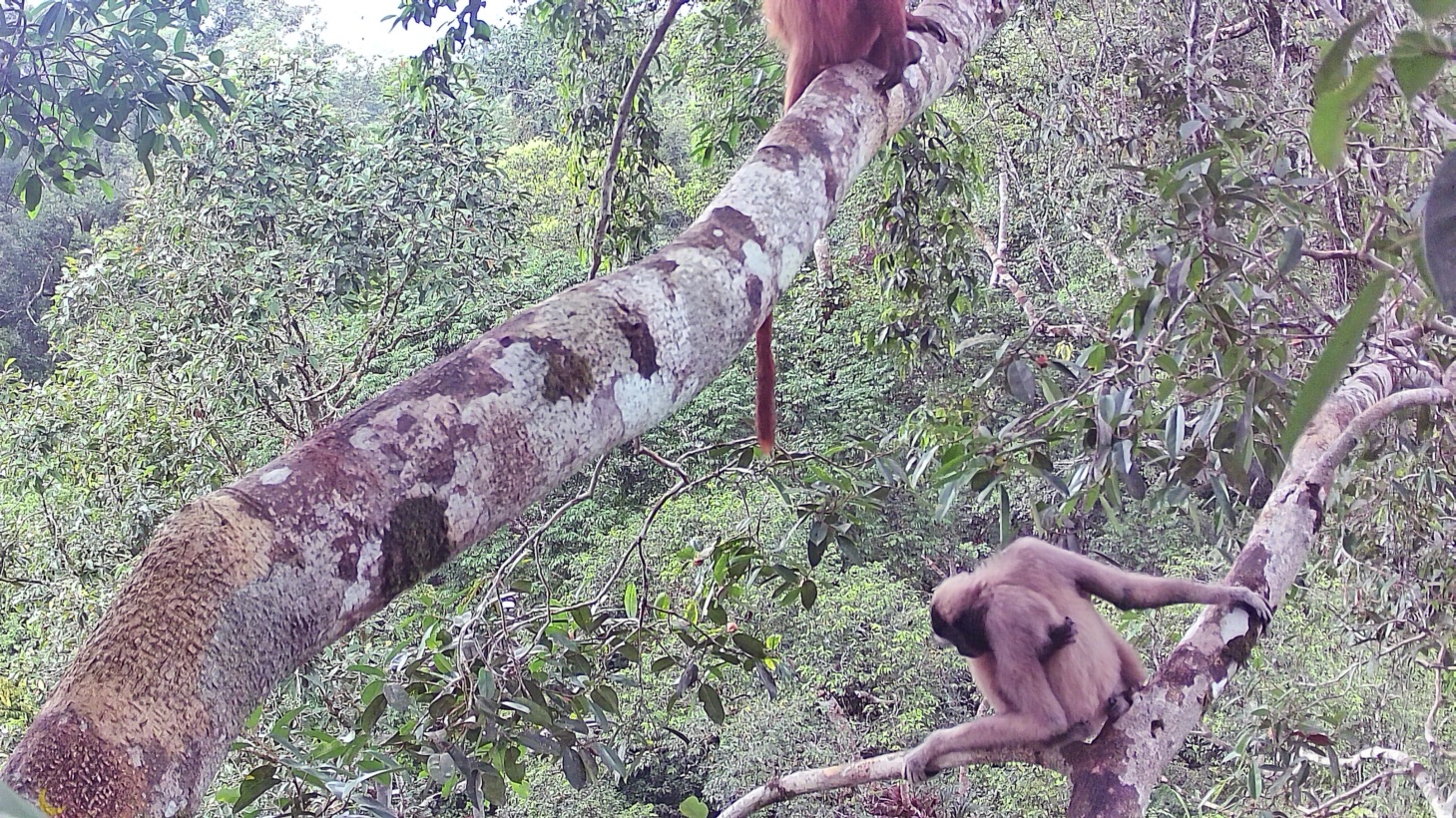
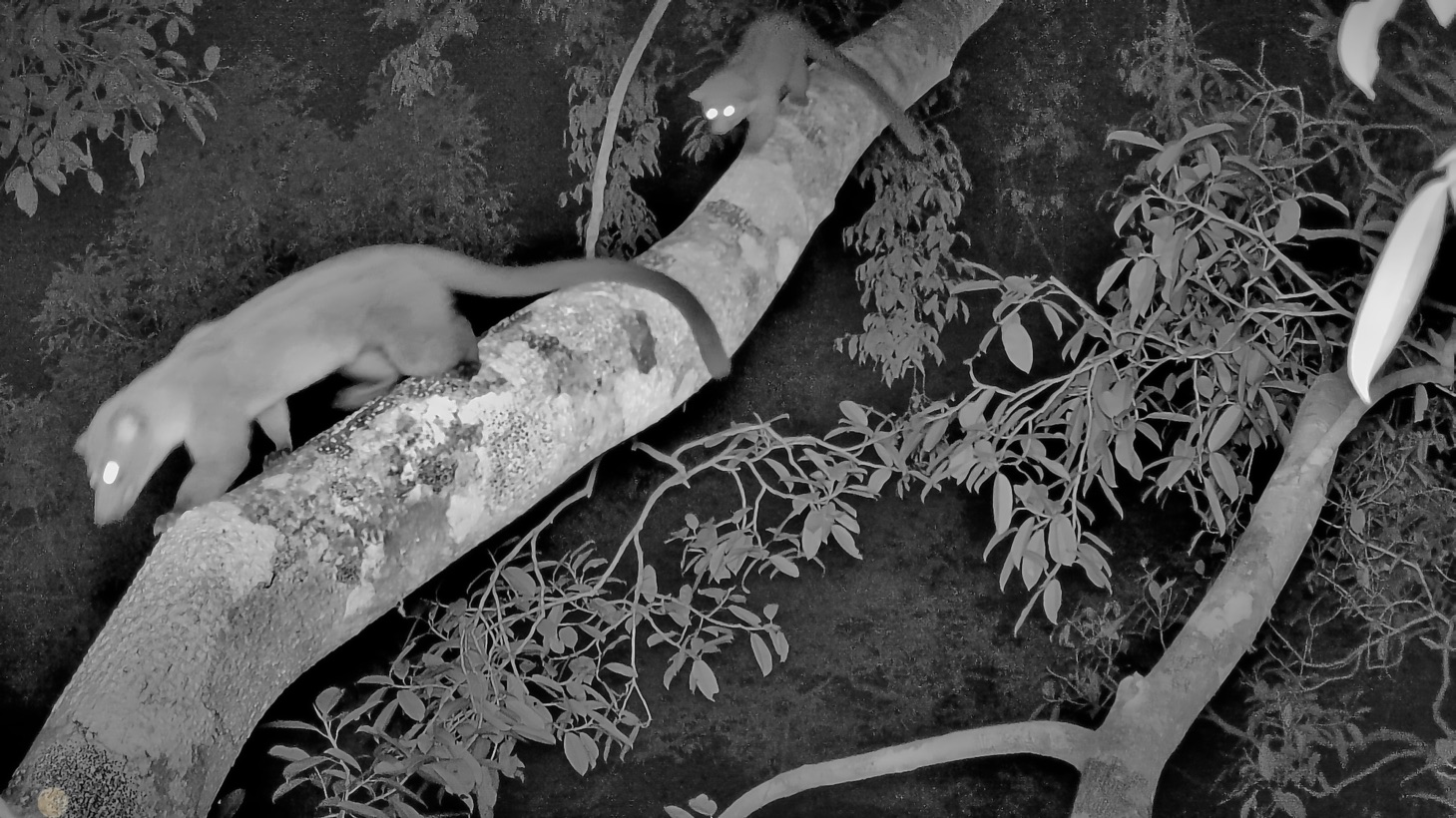
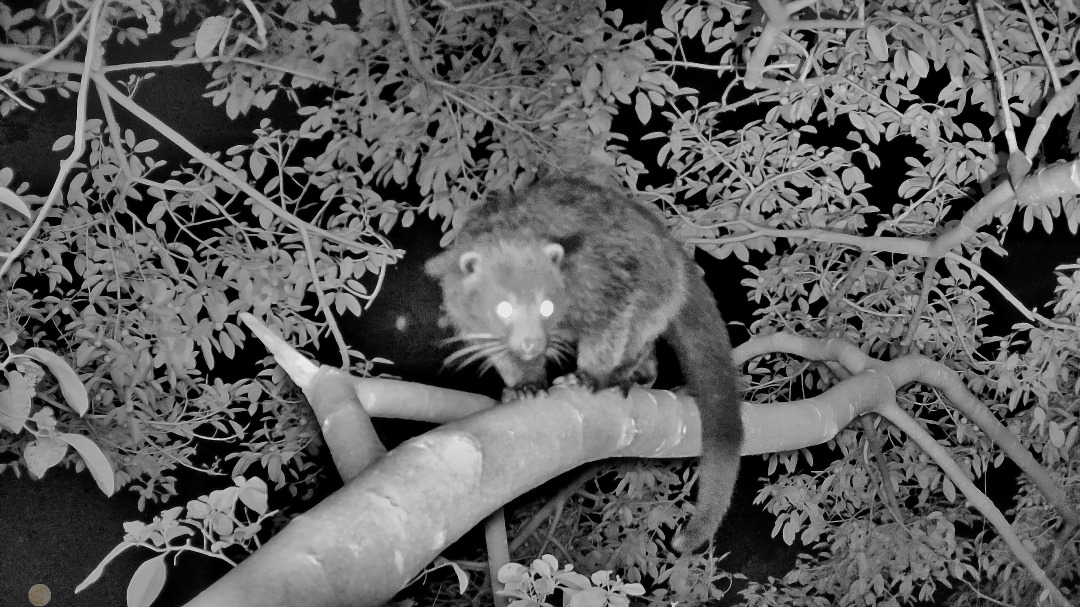
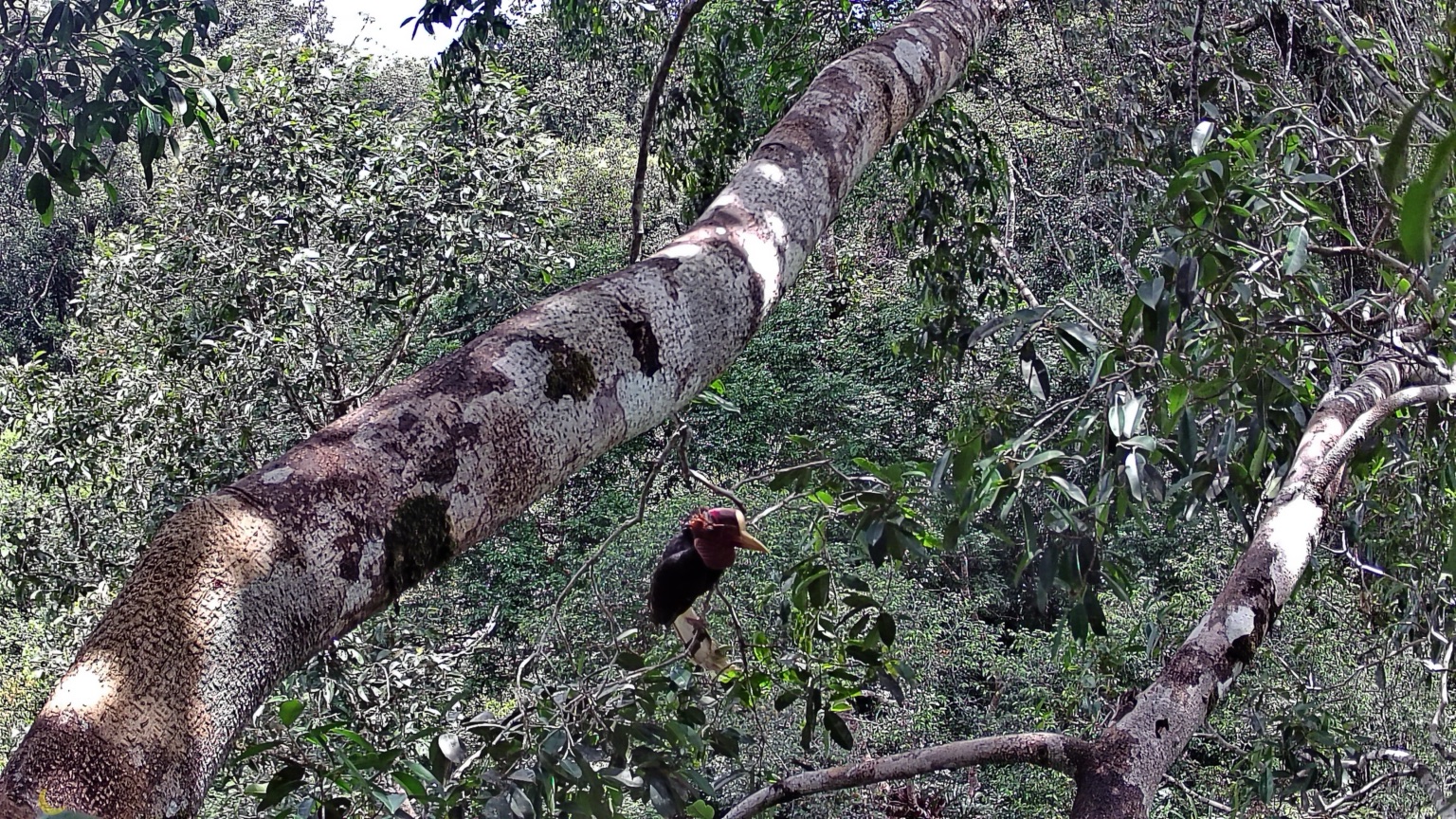
Banner image: A Bornean orangutan in a fruiting fig tree. Image courtesy of 1StopBorneo Wildlife.





